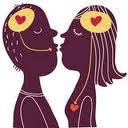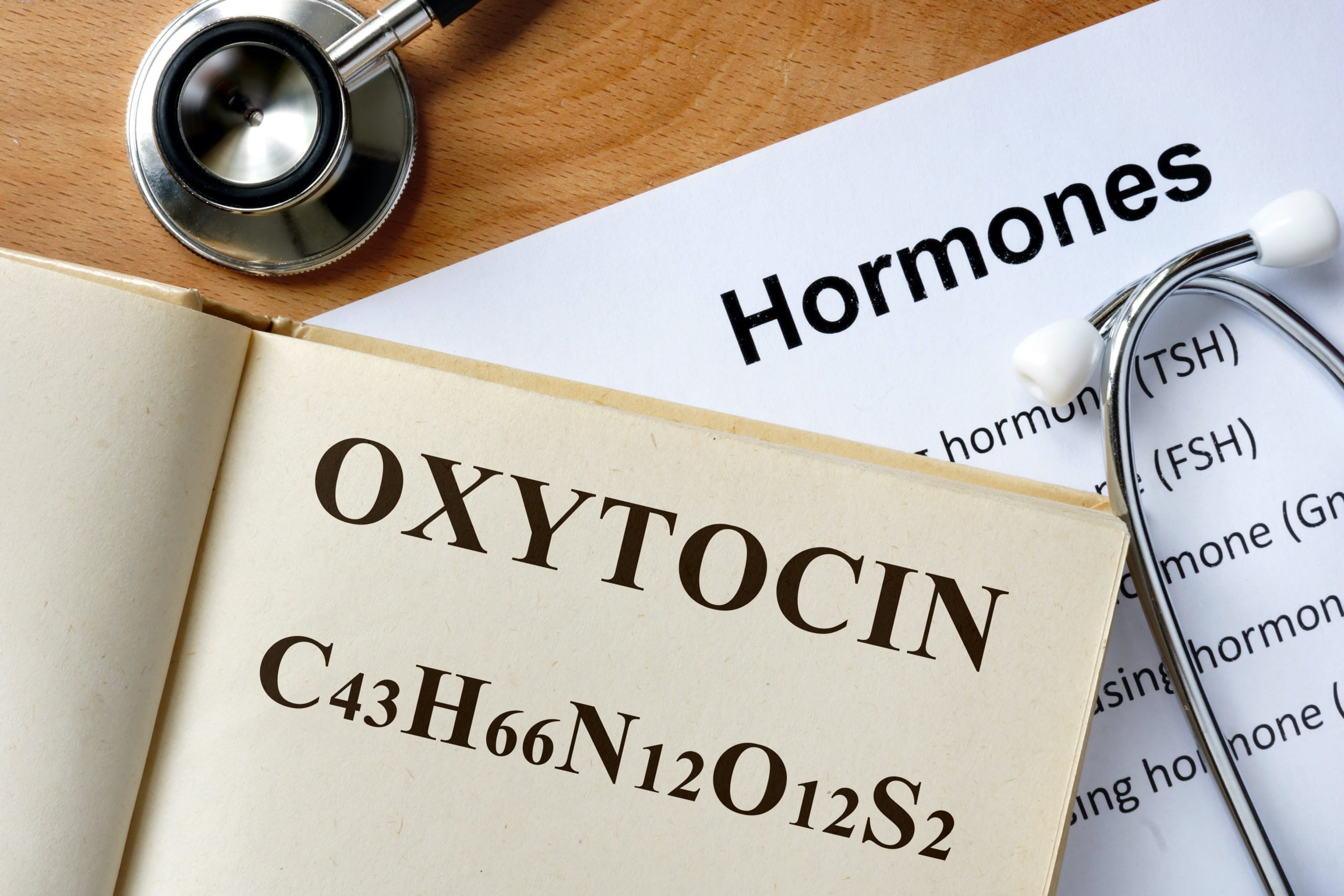For the past couple of decades, oxytocin – ‘the love hormone’ – has been postulated as a possible remedy to the social deficits associated with ASD. TheAutismDoctor has previously reviewed the use of this peptide, released by the pituitary gland, which is located in the center of our brain. Animal models to determine value have shown promise, however, the experience in human subjects has met with mixed results.
This Newest Study, published in Molecular Psychiatry, claims to be “the first clinical trial to support the potential of oxytocin as an early intervention for young children with autism to help improve social interaction deficits.”
10/2015 The effect of oxytocin nasal spray on social interaction deficits observed in young children with autism: a randomized clinical crossover trial
Thirty-one children with autism received …oxytocin and placebo nasal spray morning and night… for 5 weeks, with a 4-week washout period between each treatment. Compared with placebo, oxytocin led to significant improvements on the primary outcome of caregiver-rated social responsiveness. Overall, nasal spray was well tolerated, and the most common reported adverse events were thirst, urination and constipation.
Other selected recent (human) literature:
04/2010 Intranasal Oxytocin Improves Emotion Recognition for Youth with Autism Spectrum Disorders
This study provides the first evidence that oxytocin nasal spray improves emotion recognition in young people diagnosed with autism spectrum disorders.
01/2014 Oxytocin but Not Testosterone Modulates Behavioral Patterns in Autism Spectrum Disorders
8 children with ASD were recruited and underwent psychological profiling… Higher oxytocin levels were connected with more severe adaptive behavior in ASD patients. Increased oxytocin levels in children with more severe phenotype could be a result of compensatory mechanism of impaired oxytocin signaling. Oxytocin seems to employ distinct mechanisms in regulating social behavior in autism and healthy population.
03/2014 Nasal Oxytocin for Social Deficits in Childhood Autism: A Randomized Controlled Trial
Compared to placebo, intranasal oxytocin did not significantly improve emotion recognition, social interaction skills, or general behavioral adjustment in male youths with autism spectrum disorders.
08/2014 Plasma oxytocin concentrations and OXTR polymorphisms predict social impairments in children with and without autism spectrum disorder
These findings indicate that <<oxytocin>> biology is not uniquely associated with ASD…
04/2015 Salivary Oxytocin Concentrations in Seven Boys with Autism Spectrum Disorder Received Massage from Their Mothers: A Pilot Study
Seven male children with autism spectrum disorder (ASD), aged 8–12 years… were assigned to receive touch therapy During the period of massage therapy, the children and mothers exhibited higher oxytocin concentrations compared to those during the non-massage period.
12/2015 Oxytocin enhances attentional bias for neutral and positive expression faces in individuals with higher autistic traits
This effect of oxytocin is strongest in healthy individuals with higher autistic trait scores, thereby providing further support for its potential therapeutic use in autism spectrum disorder.
12/2015 (in progress) Oxytocin enhances orienting to social information in a selective group of high-functioning male adults with autism spectrum disorder
Individual differences in stress-related avoidance tendencies should be taken into account when considering OXT as a treatment of social deficiencies in autism.
Experience at The Child Development Center of America
 This peptide hormone can be rapidly digested in the gut, so intranasal spray is felt to be more reliable and likely to act directly on the brain. Any parent of a sensory child is aware of the difficulty administering a nasal spray. The kids run for the hills! So, a sublingual preparation, available by prescription from a specialized pharmacy, has been a mainstay.
This peptide hormone can be rapidly digested in the gut, so intranasal spray is felt to be more reliable and likely to act directly on the brain. Any parent of a sensory child is aware of the difficulty administering a nasal spray. The kids run for the hills! So, a sublingual preparation, available by prescription from a specialized pharmacy, has been a mainstay.
♥ Of the scores of patients who have tried the product, only 3 parents continue to administer the substance. Those few report improved eye contact and focus, and give it once per day, in the morning.
♥ The most common reaction is, “It didn’t make any difference,” or that any improvement wasn’t worth $80-$160 per month.
♥ A few parents have reported transient agitation or worsening of aggression, and discontinued treatment.
♥ One male, teenage patient had a negative psychological reaction that lasted for months, according to the mother. It was very disturbing that we weren’t able to predict this extreme reaction, nor the extended time to recovery.
Conclusions
More clinical experience will lead to improved knowledge about efficacy and safety. Hopefully, doctors will better identify those candidates who are most prone to exhibit positive responses.
Oxytocin therapy may be worth a try in selected patients. The practitioner should be knowledgable and experienced about biomedical intervention. A thorough explanation of the risks and the benefits should be presented and documented. Due to the lack of solid evidence, close follow-up is warranted.
Addendum:
Blood-oxytocin levels in normal range in children with autism, study finds
Low levels of hormone linked to social deficit in autism
Intranasal oxytocin treatment for social deficits and biomarkers of response in children with autism




